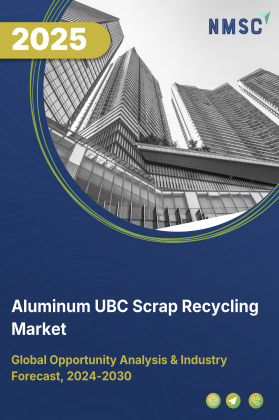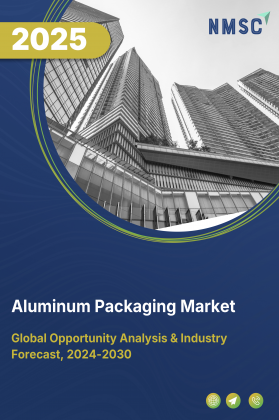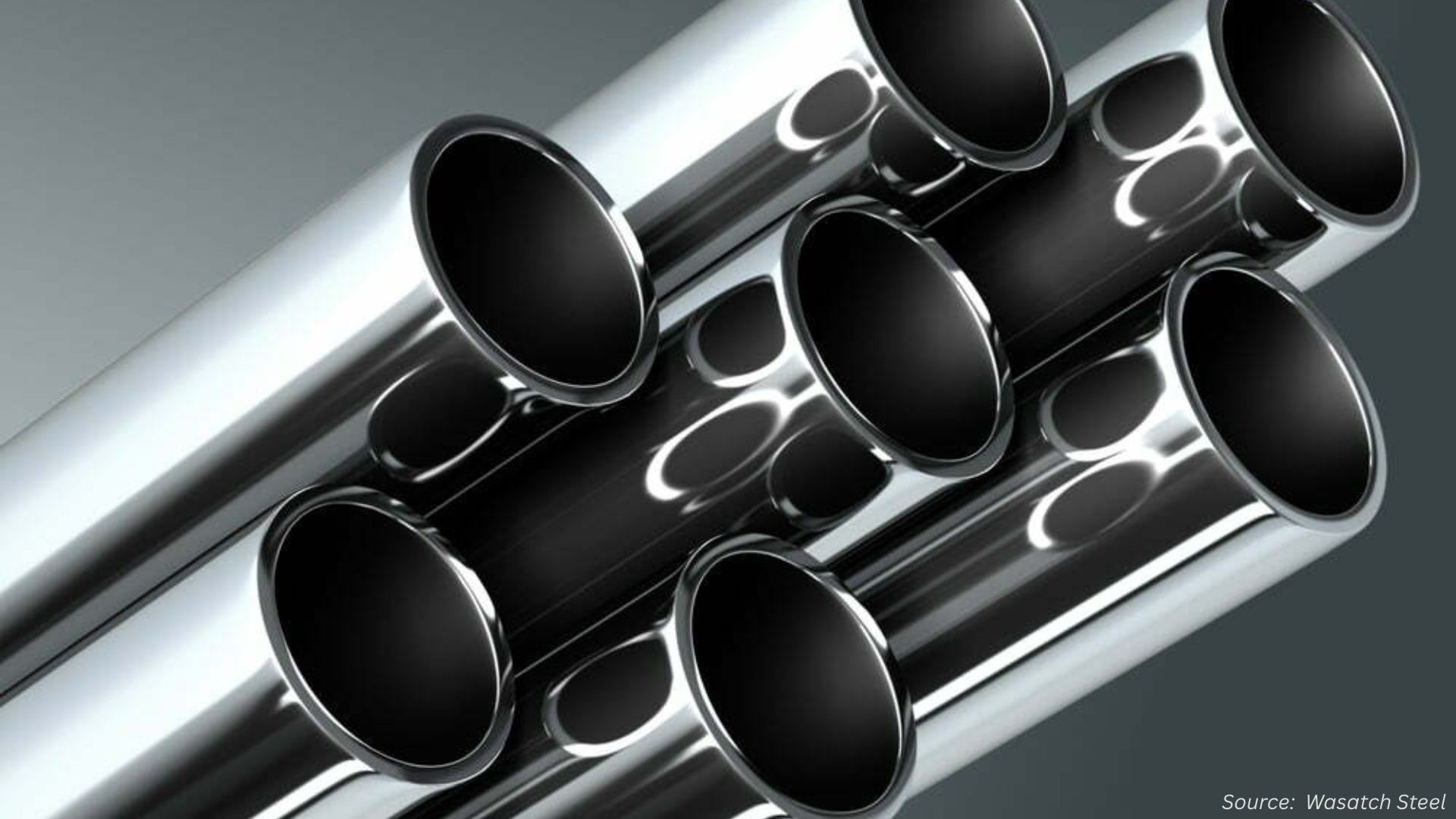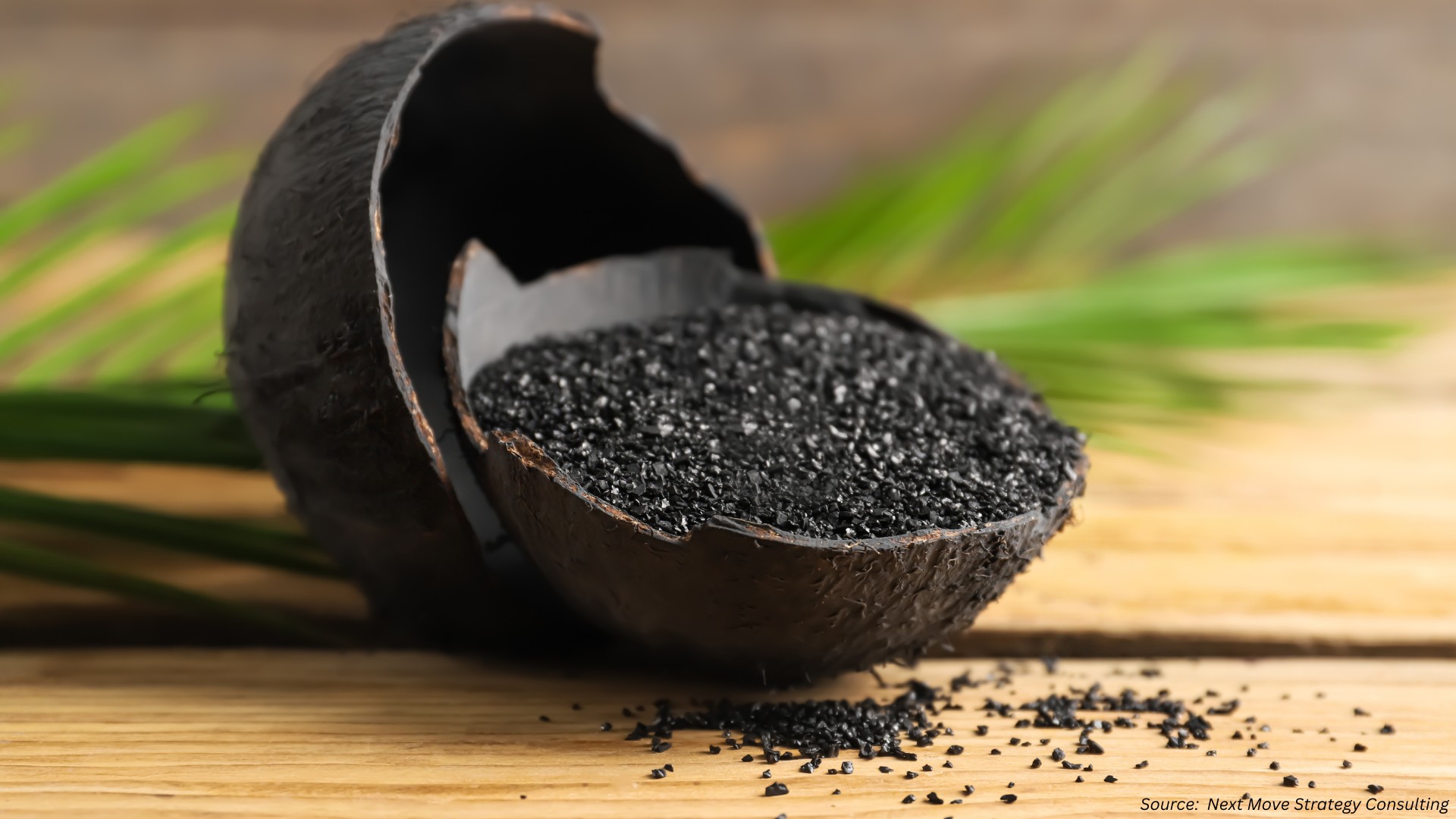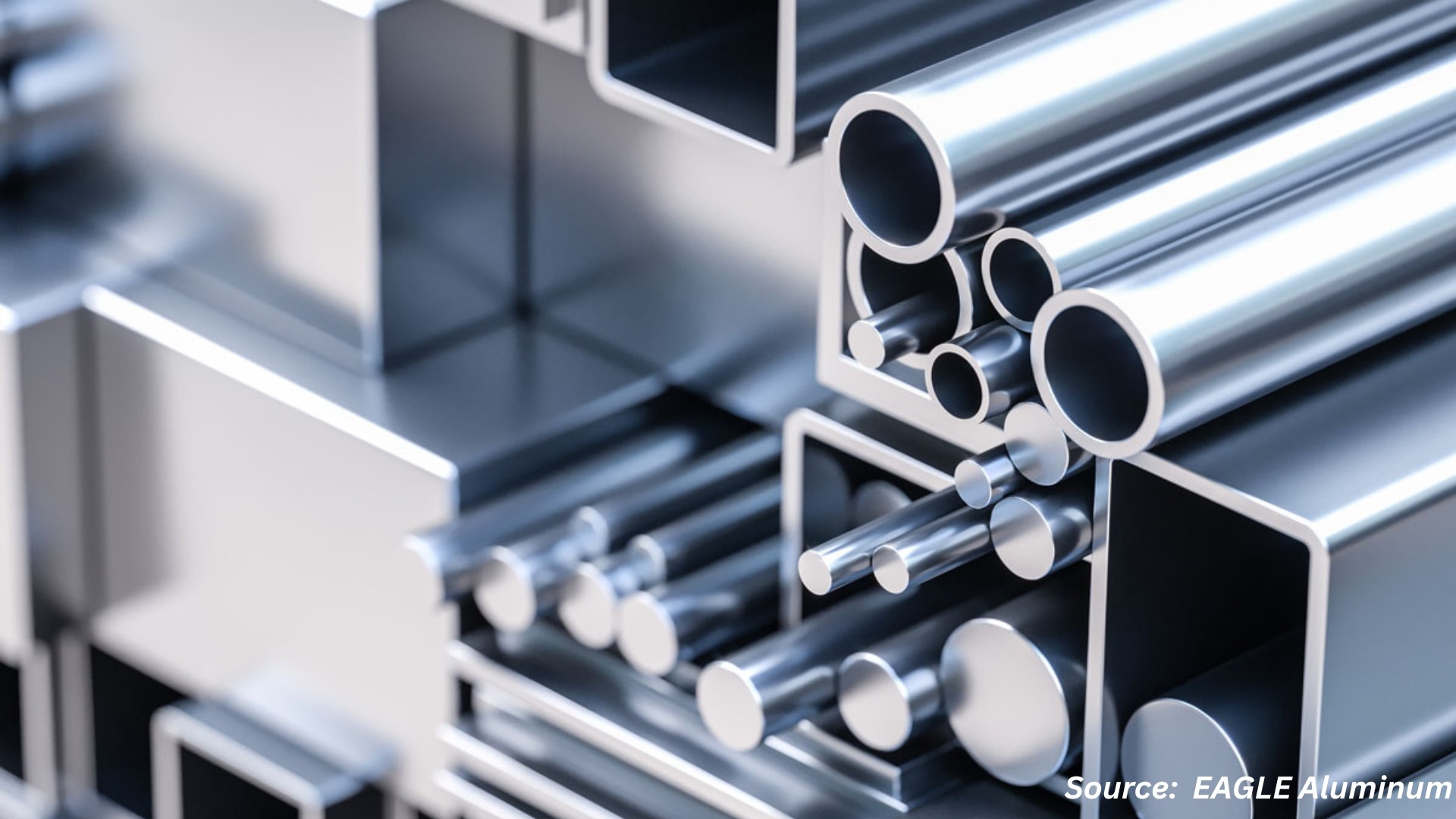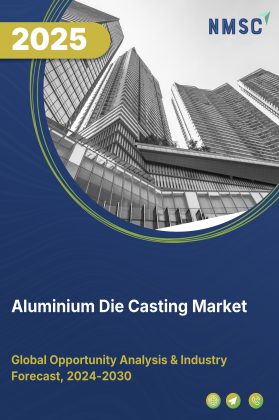
Aluminium Die Casting Market by Material (Aluminium Alloys, Magnesium, Zinc), by Technology (Semi-automatic Processes, Automated), by Production Process (Pressure Die Casting, Gravity Die Casting; Vacuum Die Casting, Squeeze Die Casting, Semisolid Die Casting, Chamber Process), by End User (Transportation, Sports Road Transportation, Heavy Vehicles, Aerospace & Aviation; Industrial, Electrical & Electronics, Others) – Global Opportunity Analysis and Industry Forecast, 2025–2030.
Industry Outlook
The global Aluminium Die Casting Market size was valued at USD 86.09 billion in 2024 and is predicted to reach USD 91.90 billion by the end of 2025. The industry is predicted to reach USD 127.40 billion by 2030 with a CAGR of 6.75% from 2025 to 2030.
The aluminium die casting market growth is driven primarily by the increasing demand from the automotive industry for lightweight, fuel-efficient vehicles and the rising production of electric vehicles. Additionally, the aerospace and defence sectors are adopting aluminium die cast components for their superior strength-to-weight ratio and durability. The rapid expansion of the consumer electronics industry also fuels market growth, with manufacturers favouring aluminium for its thermal conductivity and design flexibility.
However, the market faces challenges due to the high initial investment and tooling costs, which hinder entry for smaller players. Despite this, the growing emphasis on electric vehicles and stricter emission regulations worldwide presents significant opportunities for market expansion, making aluminium die casting a vital solution across various industries.
Increasing Demand in Automotive Industry Drives the Market Growth
The growing aluminium die casting market demand in the automotive industry is a key driver, fueled by the rising focus on producing lightweight vehicles that deliver improved fuel efficiency and lower carbon emissions. Aluminium die cast components are extensively used in critical automotive parts including engine blocks, transmission cases, chassis, and structural elements owing to their ability to offer high strength while reducing overall weight.
In 2024, the European Automobile Manufacturers’ Association reported that global car sales reached 74.6 million units, a 2.5% increase compared to 2023. With governments worldwide implementing stricter regulations on vehicle emissions and fuel consumption, automakers are increasingly turning to aluminium die casting to comply with these standards without compromising on performance or safety.
Moreover, the rapid rise in electric vehicle (EV) production, which requires lightweight materials to enhance battery efficiency and driving range, is further accelerating the demand for aluminium die cast parts. Collectively, these factors are driving substantial growth in the global market.
Rising Adoption in Aerospace and Defense Sectors Boost the Market Demand
The aerospace and defense industries are increasingly adopting aluminum alloy due to the material’s exceptional strength-to-weight ratio, corrosion resistance, and ability to withstand harsh operating conditions.
Aluminium die cast components are essential in manufacturing aircraft parts, including structural frames, engine components, and housings, where reducing weight without compromising strength is critical for performance and fuel efficiency.
In defense applications, aluminium die cast parts are used in various military equipment and vehicles, benefiting from the material’s durability and lightweight properties that enhance mobility and operational efficiency. The growing demand for advanced aerospace technologies and modernization of defense infrastructure worldwide is driving the adoption of gravity die casting, thus significantly contributing to market growth.
Expansion of Consumer Electronics Fuel the Market Expansion
The rapid growth of the consumer electronics industry is a significant driver for the aluminium die casting market expansion. Aluminium die cast components are extensively used in the production of durable, lightweight, and aesthetically appealing housings and structural parts for devices such as smartphones, laptops, tablets, cameras, and gaming consoles.
The demand for sleek and compact electronic gadgets with enhanced heat dissipation properties has pushed manufacturers to prefer aluminium die casting for its excellent thermal conductivity and design flexibility. As consumer preference shifts towards high-performance and premium-quality electronics, the use of aluminium die cast parts continues to rise, thereby boosting the overall growth of the market.
High Initial Investment and Tooling Costs Limits the Market Growth
One of the major restraints in the aluminium die casting market expansion is the high initial investment required for setting up die casting facilities, including the cost of precision tooling and molds. Designing and manufacturing high-quality dies is expensive and time-consuming, which be a barrier for small and medium-sized manufacturers.
Additionally, any design changes during production require costly modifications to the tooling. These high upfront costs limit market entry and slow down adoption, especially in price-sensitive regions or industries with lower production volumes.
Growing Demand for Electric Vehicles (EVs) Creates New Opportunities for the Market
The increasing shift toward electric vehicles (EVs) presents a significant opportunity for the aluminium die casting market. EV manufacturers are focusing on reducing the overall weight of vehicles to enhance battery efficiency and driving range.
Aluminium die cast components, known for their lightweight yet strong characteristics, are ideal for EV parts such as battery enclosures, motor housings, and structural components. As governments worldwide promote electric mobility through incentives and stricter emission norms, the demand for aluminium die cast parts in EV production is expected to rise sharply, creating substantial growth opportunities for market players.
Market Segmentations and Scope of the Study
The market report is segmented by material, technology, production process, end-user, and regions, covering a wide array of applications and manufacturing techniques. Materials include aluminium alloys, magnesium, and zinc. Technologies are divided into semi-automatic and automated processes. Production methods encompass pressure die casting, gravity die casting, vacuum die casting, squeeze die casting, semisolid die casting, and chamber processes. End users span transportation, industrial sectors, aerospace and defence, consumer goods and appliances, energy, and others. Geographically, the market is analysed across North America, Europe, Asia-Pacific, and the Rest of the World, reflecting robust demand across diverse regions and industries.
Geographical Analysis
The North American aluminium die casting market is significantly driven by the region’s robust automotive ecosystem, which contributes $1.2 trillion annually to the U.S. economy, accounting for 4.8% of the country’s GDP, according to the Alliance for Automotive Innovation in 2025. This substantial economic impact reflects the scale and importance of the automotive sector, which is increasingly adopting lightweight aluminium die cast components to meet strict fuel efficiency and emissions standards.
Additionally, the presence of a well-established aerospace industry and sustained government investment in defence further boosts the demand for aluminium die casting in North America, making it a key growth market.
Europe’s market is strongly driven by strict environmental regulations aimed at reducing vehicle emissions and improving fuel efficiency. The European Union’s rigorous standards compel automotive and aerospace manufacturers to adopt lightweight materials like aluminium to lower carbon footprints. This regulatory environment encourages the use of aluminium die cast components in vehicle manufacturing, helping automakers comply with emission targets while maintaining performance. As a result, the demand for aluminium die casting continues to grow across Europe, supported by increasing investments in sustainable manufacturing practices.
The aluminium die casting market share in Asia Pacific is strongly driven by the rapidly expanding consumer electronics sector. According to India Brand Equity Foundation (IBEF), the Indian appliance and consumer electronics industry alone is projected to nearly double in size over the next three years, reaching around USD 17.93 billion by 2025. This surge reflects increasing demand for high-quality, lightweight, and durable electronic devices such as smartphones, laptops, and home appliances.
Aluminium die casting is preferred in this industry for its excellent thermal management and design flexibility, making it essential for producing efficient and sleek electronics. This rapid industry growth across Asia Pacific significantly boosts the demand for aluminium die cast components.
In regions classified as the Rest of the World, including parts of Latin America, the Middle East, and Africa, the aluminium die casting market is propelled by ongoing infrastructure development and rising industrialization. Governments in these regions are investing heavily in construction, transportation, and manufacturing sectors to support economic growth.
Aluminium die casting is increasingly adopted to produce durable, lightweight components for machinery, vehicles, and equipment used in these expanding industries. This trend, coupled with growing urbanization and improving manufacturing capabilities, drives demand for aluminium die cast parts, contributing to market growth beyond established economies.
Strategic Innovations Adopted by Key Players
Key players in the aluminium die casting industry are actively investing in facility expansions and capacity enhancements to strengthen their market presence and address growing demand.
-
In May 2024, Ryobi Limited invested USD 50 million to expand its aluminium die casting facility, focusing on supporting the electric vehicle market.
-
In January 2024, Endurance Technologies Limited announced a capacity addition for machined aluminium die-casting components, aiming to enhance its production capabilities.
Key Benefits
-
The report provides quantitative analysis and estimations of the aluminium die casting market from 2025 to 2030, which assists in identifying the prevailing market opportunities.
-
The study comprises a deep-dive analysis of the current and future aluminium die casting market trends to depict prevalent investment pockets in the market.
-
Information related to key drivers, restraints, and opportunities and their impact on the aluminium die casting market is provided in the report.
-
Competitive analysis of the key players, along with their market share is provided in the report.
-
SWOT analysis and Porters Five Forces model is elaborated in the study.
-
Value chain analysis in the aluminium die casting market study provides a clear picture of roles of stakeholders.
Aluminium Die Casting Market Key Segments
By Material
-
Aluminium Alloys
-
Magnesium
-
Zinc
By Technology
-
Semi-automatic Processes
-
Automated
By Production Process
-
Pressure Die Casting
-
High-Pressure
-
Low-Pressure
-
-
Gravity Die Casting
-
Vacuum Die Casting
-
Squeeze Die Casting
-
Semisolid Die Casting
-
Chamber Process
-
Hot-Chamber
-
Cold-Chamber
-
By End User
-
Transportation
-
General Road Transportation
-
Sports Road Transportation
-
Heavy Vehicles
-
Aerospace & Aviation
-
-
Industrial
-
Agricultural Equipment
-
Construction Equipment
-
-
Construction & Infrastructure
-
Electrical & Electronics
-
Aerospace & Defense
-
Consumer Goods & Appliances
-
Energy
-
Others
By Region
-
North America
-
The U.S.
-
Canada
-
Mexico
-
-
Europe
-
The UK
-
Germany
-
France
-
Italy
-
Spain
-
Denmark
-
Netherlands
-
Finland
-
Sweden
-
Norway
-
Russia
-
Rest of Europe
-
-
Asia-Pacific
-
China
-
Japan
-
India
-
South Korea
-
Australia
-
Indonesia
-
Singapore
-
Taiwan
-
Thailand
-
Rest of Asia-Pacific
-
-
RoW
-
Latin America
-
Middle East
-
Africa
-
Key Players
-
Nemak S.A.B. de C.V.
-
Ryobi Limited
-
Aisin Corporation (Aisin Automotive Casting)
-
Dynacast (Form Technologies Inc.)
-
Pace Industries, LLC
-
Gibbs Die Casting Corp.
-
Endurance Technologies Limited
-
Alcoa Corporation
-
Linamar Corporation
-
Rockman Industries Ltd.
-
Aludyne LLC
-
Mino Industry USA, Inc.
-
Ahresty Corporation
Report Scope And Segmentation
|
Parameters |
Details |
|
Market Size in 2025 |
USD 91.90 Billion |
|
Revenue Forecast in 2030 |
USD 127.40 Billion |
|
Growth Rate |
CAGR of 6.75% from 2025 to 2030 |
|
Analysis Period |
2024–2030 |
|
Base Year Considered |
2024 |
|
Forecast Period |
2025–2030 |
|
Market Size Estimation |
Billion (USD) |
|
Growth Factors |
|
|
Countries Covered |
28 |
|
Companies Profiled |
15 |
|
Market Share |
Available for 10 companies |
|
Customization Scope |
Free customization (equivalent up to 80 working hours of analysts) after purchase. Addition or alteration to country, regional, and segment scope. |
|
Pricing and Purchase Options |
Avail customized purchase options to meet your exact research needs. |

















 Speak to Our Analyst
Speak to Our Analyst



